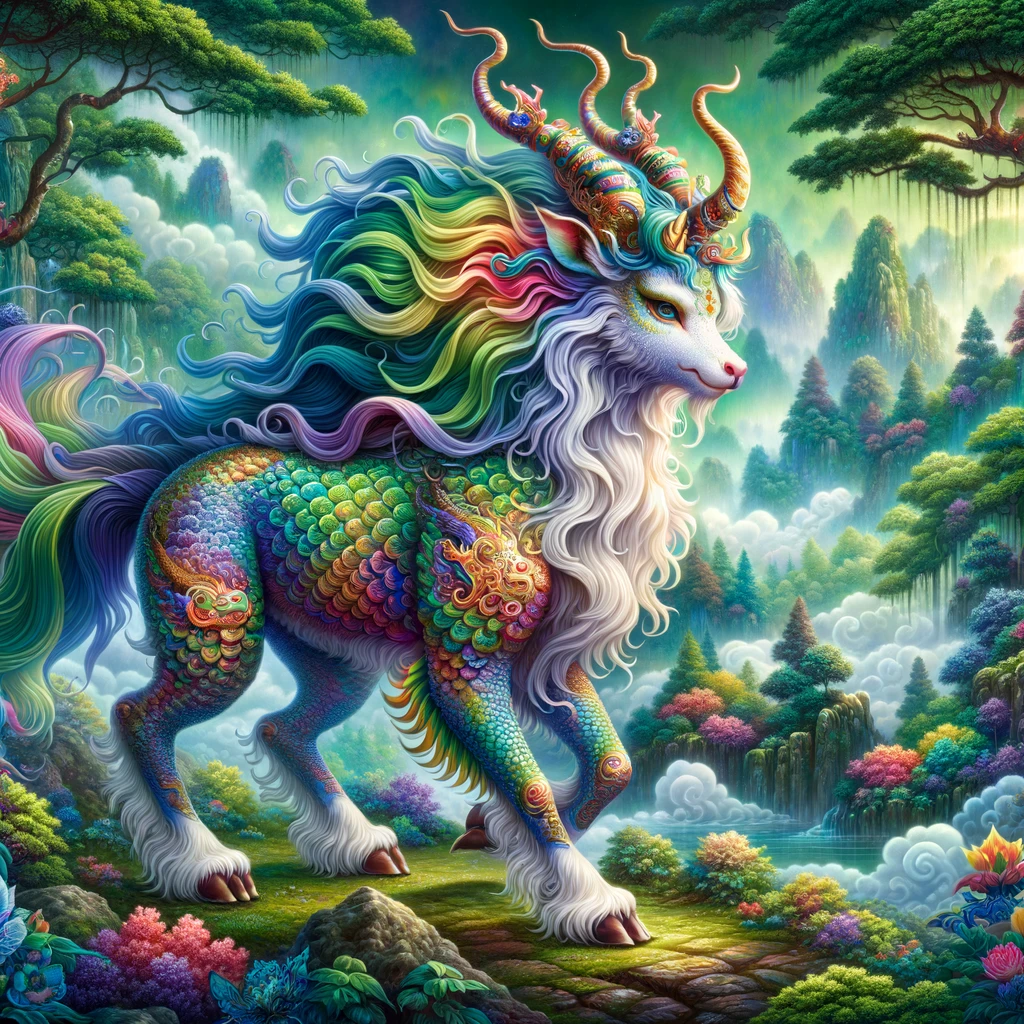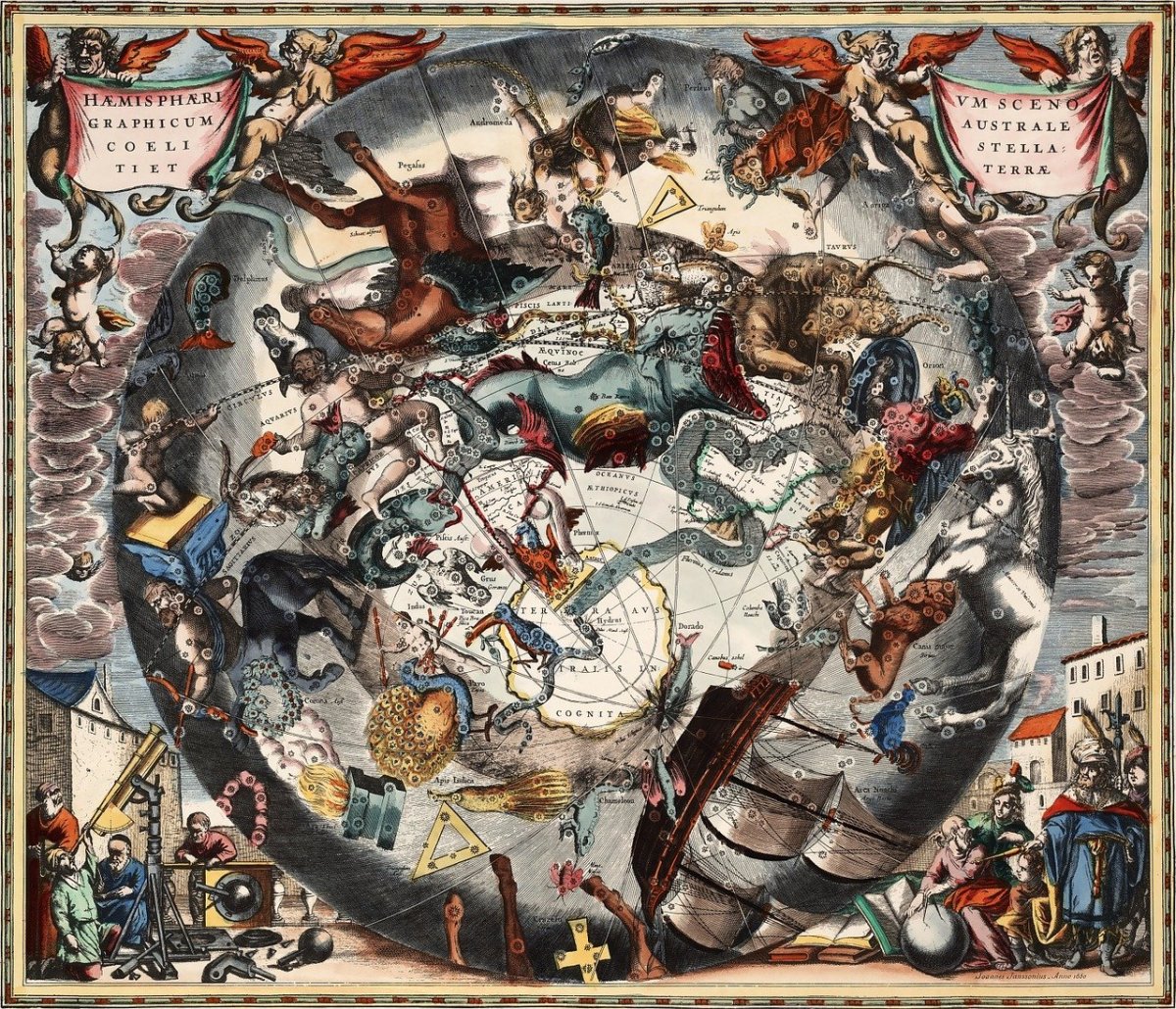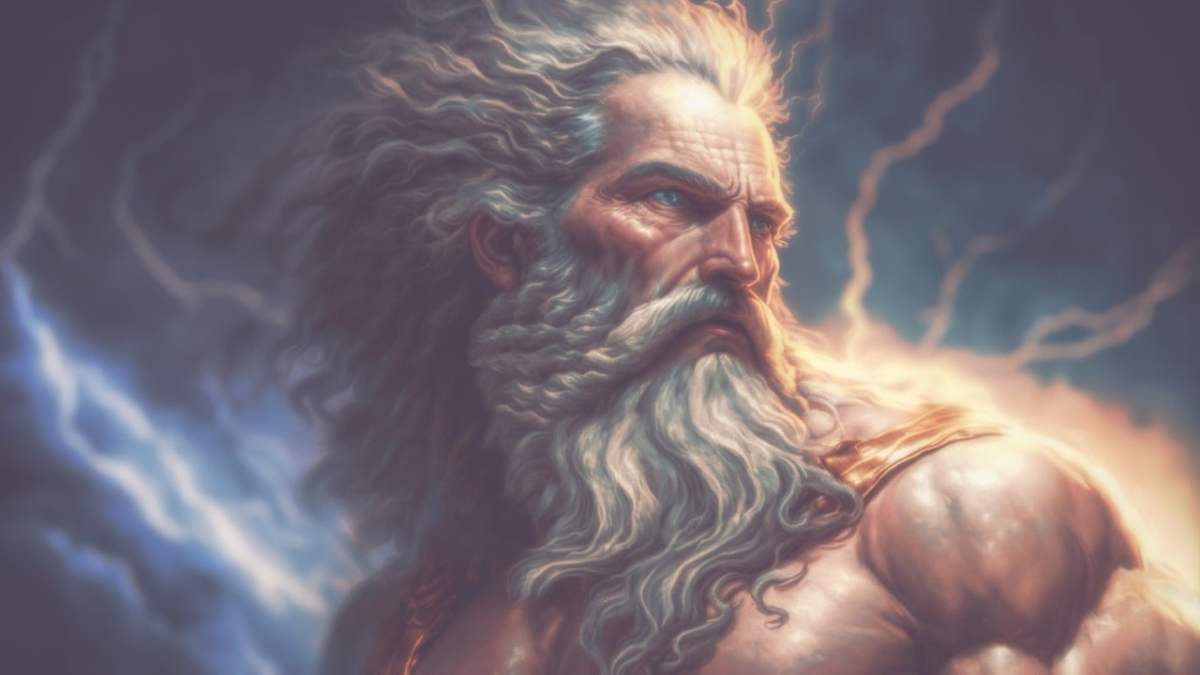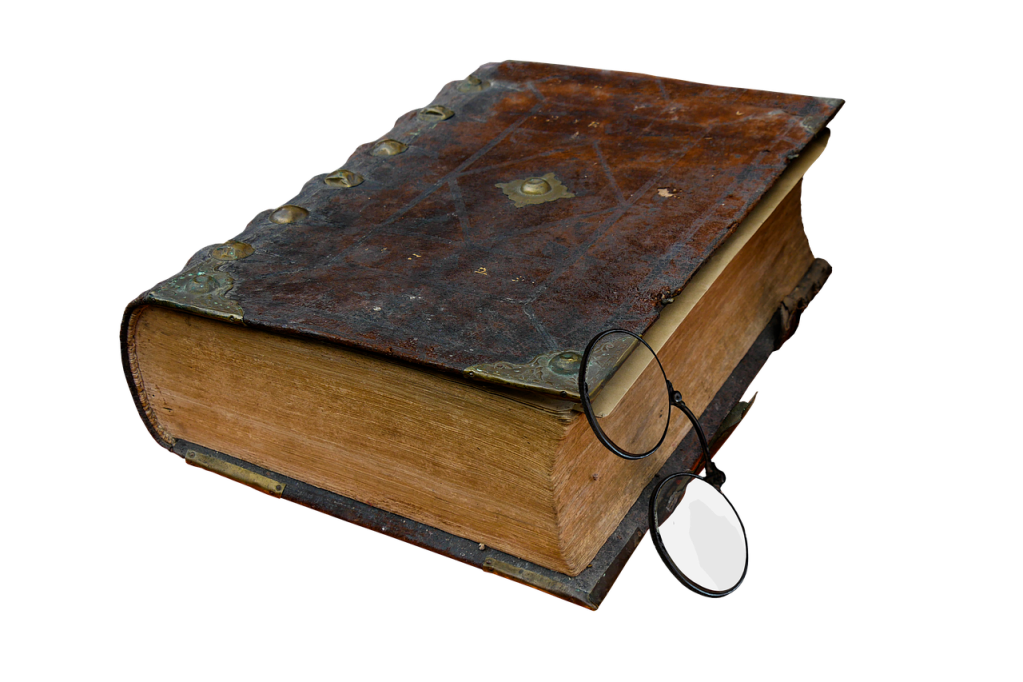Imagine a world where dragons soar through the skies, wizards cast powerful spells, and brave heroes embark on epic quests. These fantastical elements, which captivate our imaginations and transport us to otherworldly realms, often have roots in the rich tapestry of folklore. From the ancient myths of Greece and Rome to the timeless fairy tales of the Brothers Grimm, folklore has profoundly influenced the landscape of fantasy storytelling.
Folklore serves as a wellspring of inspiration for fantasy writers, providing a treasure trove of mythical creatures, archetypal characters, and moral lessons that enrich their narratives. By weaving these traditional elements into their stories, authors create worlds that are not only fantastical but also resonate with the deep-seated cultural narratives shared by humanity.
Today, we will explore the significance of folklore in shaping fantasy literature. We will delve into its historical roots, examine how it manifests in modern fantasy, and discuss the ways in which it contributes to world-building and character development. Join us on this journey as we uncover the enduring influence of folklore on the art of fantasy storytelling.
Understanding Folklore
To appreciate the influence of folklore on fantasy storytelling, it is essential first to understand what folklore encompasses. Folklore consists of the traditional beliefs, customs, stories, songs, and practices passed down through generations. It includes myths, legends, fairy tales, fables, and oral traditions that reflect the values, fears, and aspirations of the cultures from which they originate.
Historically, folklore has played a vital role in preserving cultural identity and transmitting knowledge. Before the advent of written language, oral traditions were the primary means of sharing stories and teachings. These tales often contained moral lessons, cultural values, and explanations for natural phenomena, serving both to entertain and educate.
Folklore’s cultural significance cannot be overstated. It provides a glimpse into the collective psyche of a community, revealing how people understood their world and their place within it. For example, the Norse myths reflect a harsh, warrior society’s values, while the fables of Aesop often impart practical wisdom through simple yet profound animal stories.
By examining folklore, we can see recurring themes and motifs that have stood the test of time. These elements continue to resonate with modern audiences, offering a sense of continuity and connection to our shared human heritage. For fantasy writers, folklore is a rich source of inspiration, providing timeless narratives that can be adapted and reimagined to create compelling and imaginative stories.
Through understanding folklore, we unlock a deeper appreciation of its role in shaping fantasy literature. This foundation allows us to explore how these traditional tales have influenced some of the most beloved works in the genre, offering insights into how modern authors draw upon ancient narratives to craft new worlds and adventures.
The Roots of Fantasy
Fantasy literature, with its enchanting worlds and extraordinary characters, has deep roots that stretch back to the earliest human civilizations. The genre as we know it today is heavily influenced by the rich traditions of folklore and mythology, which have provided a fertile ground for storytelling since time immemorial.
Historically, fantasy draws significant inspiration from ancient myths and legends. The epic tales of gods, heroes, and mythical creatures found in Greek, Roman, Norse, and other mythologies have laid the groundwork for many modern fantasy narratives. These stories were not merely entertainment; they were integral to the cultural and religious fabric of their societies, offering explanations for natural phenomena, moral guidance, and a sense of shared identity.
One of the earliest and most influential collections of these tales is the Greek mythological corpus, including works like Homer’s “The Iliad” and “The Odyssey.” These epic poems introduced enduring archetypes such as the heroic journey, the trickster, and the wise mentor, which continue to be staples of fantasy literature. Similarly, Norse mythology, with its pantheon of gods, epic battles, and apocalyptic visions, has inspired countless fantasy worlds and narratives.
The medieval period also contributed significantly to the roots of fantasy. The chivalric romances of Arthurian legend, with their tales of knights, quests, and magical artifacts, have been a rich source of inspiration for fantasy writers. Stories like “Le Morte d’Arthur” by Sir Thomas Malory encapsulate the blend of myth and history that characterizes much of fantasy literature.
In more recent history, the fairy tales collected by the Brothers Grimm and Hans Christian Andersen brought the elements of folklore into the literary mainstream. These stories, with their magical beings, enchanted forests, and moral lessons, have influenced many contemporary fantasy authors. The timeless appeal of these tales lies in their ability to evoke wonder and convey universal truths through the lens of the fantastical.
The 20th century saw the emergence of fantasy as a distinct literary genre, with authors like J.R.R. Tolkien and C.S. Lewis drawing heavily on their knowledge of folklore and mythology. Tolkien’s “The Lord of the Rings” is perhaps the quintessential example of modern fantasy deeply rooted in ancient lore. Tolkien’s scholarly background in Anglo-Saxon and Norse mythology allowed him to create a world that feels both familiar and fantastically new, filled with elves, dwarves, and ancient prophecies.
Understanding the roots of fantasy is crucial for appreciating how the genre has evolved and continues to thrive. By tracing its lineage back to the myths, legends, and fairy tales of old, we can see how fantasy literature serves as a bridge between the past and the present, transforming timeless narratives into new adventures that capture the imagination of readers around the world.
Elements of Folklore in Fantasy Storytelling
Folklore provides a rich tapestry of elements that fantasy writers weave into their narratives to create immersive and compelling stories. These elements include mythical creatures, archetypal characters, and moral lessons, each contributing to the depth and resonance of fantasy storytelling.
Mythical Creatures
One of the most distinctive features of folklore is its array of mythical creatures, which have found a home in the realms of fantasy literature. Dragons, fairies, trolls, and unicorns are just a few examples of beings that have been transported from ancient tales to modern fantasy worlds. These creatures often carry symbolic meanings and cultural significance, adding layers of depth to the stories in which they appear.
- Dragons: From the fearsome dragons of Western mythology, symbolizing chaos and destruction, to the wise and benevolent dragons of Eastern traditions, these creatures are versatile and iconic. In fantasy literature, dragons can serve as powerful antagonists, wise mentors, or symbols of ancient magic and mystery.
- Fairies: Originating from Celtic folklore, fairies are often depicted as mischievous and magical beings. In fantasy stories, they inhabit enchanted forests and mystical realms, offering both help and hindrance to human characters.
- Trolls and Giants: Common in Norse and Scandinavian folklore, these beings are usually portrayed as formidable and often antagonistic. They add a sense of danger and adventure to fantasy narratives, presenting formidable challenges for heroes to overcome.
Archetypal Characters
Folklore is rich with archetypal characters that have become staples of fantasy storytelling. These characters embody universal patterns of human nature and experience, making them relatable and timeless.
- The Hero: The archetypal hero’s journey, popularized by Joseph Campbell, is a central element in both folklore and fantasy. Characters like King Arthur, Beowulf, and Perseus exemplify the hero who embarks on a quest, faces trials, and undergoes transformation.
- The Trickster: Figures like Loki from Norse mythology and Anansi from African folklore embody the trickster archetype. In fantasy literature, tricksters add complexity and unpredictability to the narrative, challenging the hero and often providing comic relief.
- The Wise Mentor: Characters like Merlin in Arthurian legend and Gandalf in “The Lord of the Rings” represent the wise mentor who guides the hero, offering wisdom and support. This archetype draws from the tradition of sages and wise elders in folklore.
Moral Lessons
Folklore often conveys moral lessons and ethical dilemmas, which are seamlessly integrated into fantasy storytelling. These lessons provide depth and meaning, resonating with readers on a fundamental level.
- Good vs. Evil: The timeless struggle between good and evil is a common theme in both folklore and fantasy. Stories like “The Chronicles of Narnia” and “Harry Potter” explore this dichotomy, using fantastical elements to highlight moral choices and the consequences of actions.
- Courage and Sacrifice: Many folktales emphasize the virtues of courage and self-sacrifice. Fantasy literature often mirrors these themes, with heroes who must overcome fear and make personal sacrifices for the greater good, as seen in characters like Frodo Baggins and Katniss Everdeen.
- Justice and Retribution: Folklore frequently addresses themes of justice and retribution, with wrongdoers receiving their comeuppance. Fantasy stories often incorporate these themes, ensuring that justice is served in the narrative, reinforcing a sense of moral order.
By incorporating these elements of folklore, fantasy writers create rich, multi-layered stories that resonate with readers across cultures and generations. These mythical creatures, archetypal characters, and moral lessons provide a familiar yet flexible framework upon which new and imaginative tales can be built.
Case Studies of Folklore in Modern Fantasy
To illustrate the profound influence of folklore on modern fantasy storytelling, let’s examine some notable examples where authors have seamlessly woven elements of traditional tales into their works. These case studies highlight how folklore continues to shape and enrich contemporary fantasy literature.
J.R.R. Tolkien
J.R.R. Tolkien, often hailed as the father of modern fantasy, drew extensively from various folklore traditions to create the richly detailed world of Middle-earth. His profound knowledge of Norse and Anglo-Saxon mythology is evident in his works, particularly in “The Lord of the Rings” and “The Hobbit.”
- Norse Influence: Tolkien’s fascination with Norse mythology is reflected in the creation of Middle-earth’s mythic history, languages, and cultures. The names of characters and places, such as the dwarf names in “The Hobbit” (Thorin, Balin, Dwalin), are directly taken from the Old Norse “Poetic Edda.”
- Anglo-Saxon Roots: The culture of the Rohirrim in “The Lord of the Rings” is inspired by Anglo-Saxon England. Their language, customs, and heroic ethos echo the traditions of the ancient Anglo-Saxons, particularly as depicted in the epic poem “Beowulf.”
Tolkien’s integration of these folklore elements adds depth and authenticity to his world, creating a sense of historical and cultural richness that has captivated readers for generations.
Neil Gaiman
Neil Gaiman is another modern fantasy author who skillfully incorporates folklore into his narratives. His works, such as “American Gods” and “The Sandman” series, are replete with references to myths and legends from diverse cultures.
- American Gods: In this novel, Gaiman explores the clash between old and new gods, drawing heavily on various mythologies, including Norse, Slavic, and African traditions. Characters like Odin (Mr. Wednesday) and Anansi are reimagined in contemporary settings, yet retain their mythological essence.
- The Sandman: Gaiman’s graphic novel series delves into a rich tapestry of folklore, mythology, and literary references. The character of Dream, also known as Morpheus, embodies aspects of ancient mythological figures associated with dreams and storytelling, blending these influences into a modern narrative.
Gaiman’s use of folklore serves to create layered, thought-provoking stories that resonate on multiple levels, offering readers both familiarity and novelty.
Other Examples
Many other fantasy authors have successfully drawn on folklore to enhance their storytelling, each bringing their unique perspective and creativity to the genre.
- C.S. Lewis: In “The Chronicles of Narnia,” Lewis incorporates elements from Greek, Roman, and Christian mythology. Characters like fauns, centaurs, and the god Bacchus intermingle with Christian allegory, creating a rich and multi-dimensional world.
- George R.R. Martin: In “A Song of Ice and Fire,” Martin’s use of folklore is evident in the mythic and legendary backstories that shape the world of Westeros. The White Walkers and their connection to ancient legends, for instance, evoke themes from Norse mythology and folklore about the undead.
These authors demonstrate how folklore can be adapted and reimagined to create compelling and immersive fantasy narratives. By drawing on traditional tales, they infuse their stories with a sense of timelessness and universality, while also offering fresh interpretations that engage and inspire modern readers.
The Role of Folklore in World-Building
World-building is a fundamental aspect of fantasy storytelling, where authors create intricate, immersive settings that transport readers to otherworldly realms. Folklore plays a crucial role in this process, providing a rich source of inspiration and a framework upon which writers can build their fantastical worlds. By incorporating elements of folklore, authors add depth, authenticity, and cultural resonance to their creations.
Cultural Depth
Folklore offers a wealth of cultural narratives that can be adapted to enrich the societies and civilizations within fantasy worlds. These traditional stories reflect the values, beliefs, and practices of various cultures, allowing writers to infuse their settings with a sense of history and authenticity.
- Mythologies and Legends: By drawing on specific mythologies and legends, authors can create complex pantheons of gods, epic histories, and foundational myths that give their worlds a rich, layered backstory. For example, a fantasy world might feature a creation myth inspired by the cosmologies of ancient cultures, providing context for its magical and natural phenomena.
- Traditions and Rituals: Folklore-inspired traditions and rituals can add texture and realism to fantasy societies. Ceremonies, festivals, and rites of passage rooted in traditional tales can help define the cultural identity of different groups within the story, making the world feel lived-in and dynamic.
Language and Names
The languages and names used in fantasy worlds are often influenced by folklore, adding an additional layer of authenticity and depth. The sounds, structures, and meanings of names and languages can evoke specific cultural associations and enrich the narrative.
- Etymology and Linguistics: Authors like J.R.R. Tolkien, who was a philologist, created entire languages based on the linguistic principles found in ancient folklore. The Elvish languages in Middle-earth, for example, draw from Finnish and Welsh, lending them an air of otherworldly beauty and antiquity.
- Meaningful Names: Names derived from folklore often carry symbolic meanings that enhance the story. Characters, places, and objects with names that reference traditional tales can convey additional layers of significance and foreshadowing. For instance, a character named after a legendary hero might be destined for greatness or face similar trials.
Symbolism and Motifs
Folklore is rich with symbolism and recurring motifs that can be woven into the fabric of a fantasy world, adding thematic depth and resonance.
- Natural Elements: Many traditional tales attribute symbolic meanings to natural elements like trees, rivers, and mountains. Incorporating these symbols into the world-building can imbue the setting with a sense of mysticism and significance. A sacred tree, for example, might symbolize life and renewal, serving as a central element in the story’s mythology.
- Archetypal Patterns: Folklore is filled with archetypal patterns, such as the hero’s journey, the battle between good and evil, and the quest for a magical artifact. These motifs can be adapted to create familiar yet fresh narratives that resonate with readers on a fundamental level.
Adding Authenticity and Coherence
Integrating elements of folklore helps create a coherent and believable world. When all aspects of the setting, from its geography to its customs and beliefs, are rooted in traditional narratives, the world feels more cohesive and immersive.
- Consistent World-Building: By grounding their world-building in the logic and structure of folklore, authors can ensure that their worlds have internal consistency. This consistency makes the setting more believable, allowing readers to suspend disbelief and fully engage with the story.
- Evoking a Sense of Wonder: Folklore has an inherent capacity to evoke wonder and awe. By tapping into this source of enchantment, fantasy writers can create worlds that captivate the imagination and inspire a sense of marvel in their readers.
Incorporating folklore into world-building is a powerful tool for fantasy writers, enabling them to create richly detailed and resonant settings. By drawing on the wisdom and traditions of the past, authors can craft new worlds that are both fantastical and deeply rooted in the cultural narratives that have shaped human storytelling for centuries.
Folklore as a Tool for Innovation
While folklore provides a foundation of timeless themes and motifs, it also serves as a powerful tool for innovation in fantasy storytelling. By reimagining traditional tales and blending various folklore traditions, authors can create unique and compelling narratives that push the boundaries of the genre.
Subverting Expectations
One of the most effective ways to innovate within the fantasy genre is by subverting the expectations set by traditional folklore. By taking well-known stories and turning them on their heads, authors can surprise and engage their readers with fresh perspectives and new twists.
- Reinterpreting Archetypes: Authors can breathe new life into classic archetypes by giving them unexpected traits or placing them in unconventional roles. For example, a traditionally heroic figure might be portrayed with flaws and moral ambiguities, challenging the notion of a clear-cut hero.
- Flipping the Narrative: Traditional stories can be retold from alternative viewpoints, such as the perspective of the antagonist or a minor character. This approach not only adds depth to the narrative but also encourages readers to question and rethink the original tales.
Blending Traditions
The fusion of different folklore traditions allows authors to create rich, multicultural worlds that reflect the diversity of human storytelling. By blending elements from various cultures, writers can develop unique settings and narratives that stand out in the fantasy genre.
- Cultural Synthesis: Authors can combine myths, legends, and folklore from different cultures to build a world that feels both familiar and novel. This synthesis can lead to innovative storylines and vibrant, diverse settings that captivate readers.
- Cross-Cultural Characters: Characters who embody traits or backgrounds from multiple folklore traditions can add complexity and richness to the story. These characters often serve as bridges between different cultures within the narrative, fostering themes of unity and diversity.
Modernizing Folklore
Modern fantasy writers often take inspiration from traditional folklore but adapt it to contemporary contexts and issues. This approach not only makes the stories more relatable to modern audiences but also allows authors to explore relevant social and cultural themes.
- Contemporary Settings: Folklore elements can be transposed into modern settings, creating a blend of the ancient and the contemporary. This juxtaposition can lead to innovative storytelling, as seen in urban fantasy subgenres where mythical creatures and magic coexist with modern technology and society.
- Addressing Modern Issues: By integrating folklore into narratives that address contemporary issues such as environmentalism, social justice, and identity, authors can make ancient stories relevant to today’s readers. This approach allows for the exploration of timeless themes through the lens of current events and societal changes.
Creating New Myths
Innovation in fantasy literature also involves the creation of entirely new myths and legends that resonate with readers. By drawing inspiration from traditional folklore while injecting original ideas, authors can craft fresh narratives that expand the boundaries of the genre.
- Inventing Mythologies: Authors can develop their own mythologies, complete with gods, heroes, and creation stories. These new myths can reflect the unique cultures and histories of their fantasy worlds, adding depth and originality to the narrative.
- Building Unique Creatures: While traditional folklore provides a wealth of mythical creatures, inventing entirely new beings can set a fantasy world apart. These creatures can embody novel characteristics and play crucial roles in the story, contributing to the world’s uniqueness and intrigue.
Encouraging Reader Engagement
Innovative uses of folklore can also engage readers on a deeper level, inviting them to explore and interpret the stories in new ways. Interactive and immersive storytelling techniques can enhance the reader’s experience and involvement.
- Interactive Narratives: Some modern fantasy works encourage reader participation, allowing them to influence the story’s direction or uncover hidden layers of meaning. This can be achieved through multimedia elements, branching storylines, or augmented reality features.
- Metafictional Elements: Incorporating metafictional techniques, where the story acknowledges its own fictional nature, can create a playful and thought-provoking reading experience. This approach often involves references to folklore and storytelling traditions, engaging readers in a dialogue about the nature of myths and narratives.
By using folklore as a tool for innovation, fantasy writers can craft stories that are both rooted in tradition and strikingly original. This blend of the familiar and the novel not only enriches the genre but also ensures that it continues to evolve and captivate audiences with fresh and imaginative tales.
Challenges and Ethical Considerations
While folklore provides a rich source of inspiration for fantasy writers, it also presents several challenges and ethical considerations. Authors must navigate these complexities to create respectful, authentic, and engaging narratives that honor the cultural origins of the tales they draw upon.
Cultural Appropriation
One of the most significant ethical considerations in using folklore is the risk of cultural appropriation. This occurs when elements of a culture, especially those of marginalized or indigenous communities, are used without proper understanding, respect, or acknowledgment.
- Respect and Sensitivity: Writers should approach folklore from other cultures with respect and sensitivity. This involves thorough research and a genuine effort to understand the cultural context and significance of the stories, symbols, and traditions being used.
- Acknowledgment and Credit: Giving proper credit to the cultures from which folklore originates is crucial. Acknowledging sources and showing appreciation for the cultural heritage behind the stories can help mitigate the risks of appropriation.
- Consultation and Collaboration: Whenever possible, authors should consult with members of the culture they are writing about. Collaboration with cultural experts or representatives can provide valuable insights and ensure that the portrayal is accurate and respectful.
Balancing Tradition and Creativity
Striking a balance between honoring traditional folklore and injecting creative originality can be challenging. Authors must navigate this delicate balance to avoid either overly rigid adherence to traditional tales or excessive liberties that distort their essence.
- Faithfulness to Source Material: While creativity is essential, maintaining faithfulness to the core elements and themes of the original folklore is important. This respect for the source material ensures that the stories retain their cultural significance and integrity.
- Innovative Adaptations: Authors can innovate within the framework of traditional folklore by finding new ways to tell old stories. This might involve reimagining characters, settings, or plots while preserving the underlying messages and values of the original tales.
Ethical Representation
Accurate and respectful representation of cultures and their folklore is essential for creating authentic and engaging fantasy narratives. Misrepresentation can perpetuate stereotypes and cause harm.
- Avoiding Stereotypes: Writers should avoid relying on clichés and stereotypes when incorporating folklore. Instead, they should strive to portray characters and cultures with nuance and complexity, reflecting the diversity and richness of the original traditions.
- Cultural Sensitivity: Being culturally sensitive means understanding and respecting the beliefs, values, and practices of the cultures being represented. This involves being aware of cultural taboos, sacred elements, and historical contexts that might influence how folklore is interpreted and portrayed.
Legal and Ethical Issues
There are also legal and ethical issues related to the use of folklore, especially when it comes to copyrighted adaptations or proprietary folklore.
- Public Domain: Many traditional folklore stories are in the public domain, meaning they can be freely used and adapted. However, authors should still approach these stories with respect for their cultural origins.
- Copyrighted Works: Some adaptations of folklore, such as Disney’s versions of fairy tales, are protected by copyright. Writers must be cautious to avoid infringing on these adaptations while still drawing inspiration from the original folklore.
- Ethical Storytelling: Beyond legal considerations, ethical storytelling involves a commitment to truthfulness, fairness, and respect for all cultures. Authors should strive to tell stories that honor the spirit of the original folklore while contributing positively to the literary landscape.
Personal Reflection and Responsibility
Finally, writers should engage in personal reflection and take responsibility for their creative choices. This involves being mindful of the impact their stories may have on readers and the cultures they represent.
- Reflecting on Intentions: Authors should reflect on their intentions and motivations for using specific folklore elements. Understanding why they are drawn to certain stories and what they hope to achieve can guide more thoughtful and ethical storytelling.
- Responsibility to Readers: Writers have a responsibility to their readers to provide well-researched, respectful, and engaging narratives. This responsibility includes being open to feedback and willing to make changes if representations are found to be problematic.
By addressing these challenges and ethical considerations, fantasy writers can create works that are not only imaginative and captivating but also respectful and responsible. This approach ensures that the rich traditions of folklore continue to inspire and enrich the genre while honoring the cultures from which these stories originate.
Folklore serves as both a foundation and a catalyst for innovation in fantasy storytelling. By drawing on the rich traditions of myths, legends, and fairy tales, fantasy writers can create worlds that resonate with timeless themes while also offering fresh, imaginative narratives. From mythical creatures and archetypal characters to moral lessons and cultural depth, the elements of folklore provide a wellspring of inspiration that enhances the richness and authenticity of fantasy literature.
However, with this wealth of inspiration comes the responsibility to approach folklore with respect, sensitivity, and a commitment to ethical storytelling. By acknowledging the cultural origins of the stories they draw upon and striving for accurate and respectful representation, authors can honor the traditions that have shaped human storytelling for centuries.
As we have explored in this post, the influence of folklore on fantasy storytelling is profound and multifaceted. From the foundational roots laid by ancient myths to the innovative reinterpretations that define modern fantasy, folklore continues to be a vital and dynamic element of the genre. By understanding and appreciating this influence, writers can craft stories that are not only captivating and original but also deeply connected to the enduring narratives of human culture.
In embracing the power of folklore, fantasy writers can create works that inspire wonder, provoke thought, and forge connections across cultures and generations. As you embark on your own storytelling journey, consider the rich tapestry of folklore as both a guide and a muse, helping you to weave tales that will captivate and endure. Thanks for reading, and keep writing!
C. Wesley Clough
Image by MythologyArt from Pixabay








